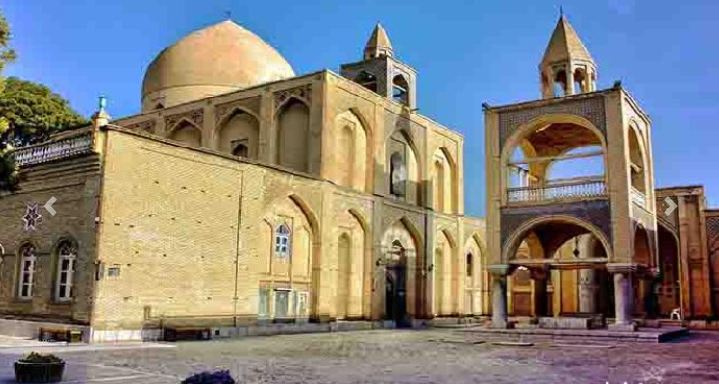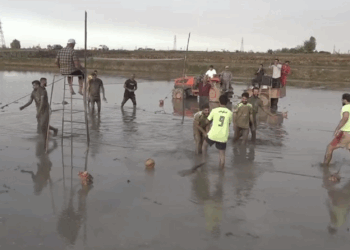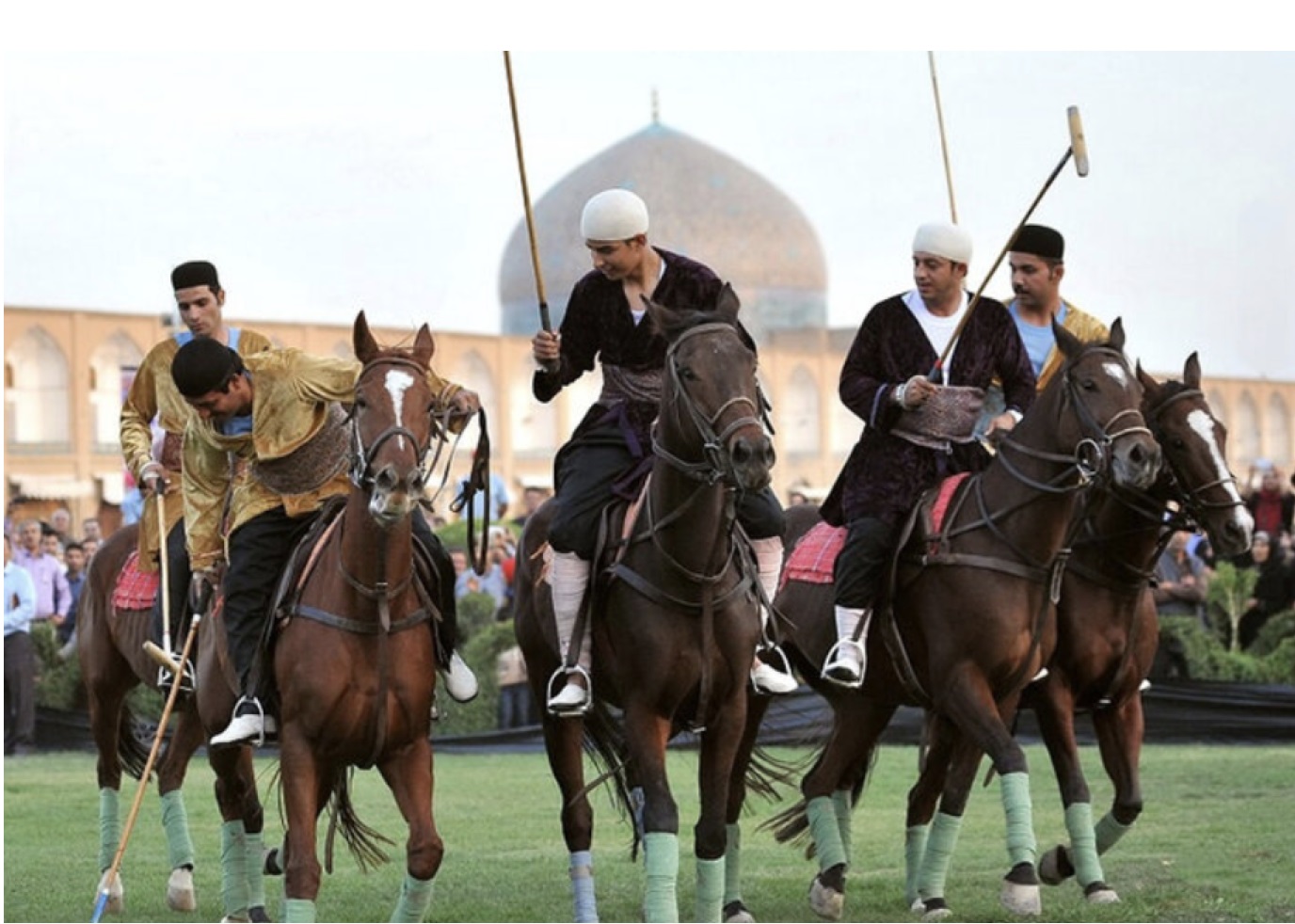February 2, 2024
Hundreds of non-Christian Iranians rallied Christmas Day at the Vank Cathedral, the center of Armenian Christian worship in Esfahan, with many pounding on the locked doors shouting, “Open the door, Jesus.”

It was neither a pro-Christian nor an anti-Christian demonstration, but rather part of a growing theme among anti-regime Iranians to show more recognition of non-Muslim Iranians, seeing that as a sign distinguishing them from the regime’s extreme Islamicism.
Videos posted on social media showed a large crowd, mainly composed of young non-Christians, trying to enter the historic Cathedral. Iran International said the police eventually used force to disperse the youths who were singing and dancing in the street outside the church.
There was no Christmas service at the cathedral, because, unbeknownst to those who had gathered outside, Armenians celebrate the birth of Christ January 6, following the tradition of Eastern Orthodox Christians.
For several years, pundits have suggested that the rising popularity of Christmas in an Islamic country like Iran is a collective response to the govern-ment’s attempts to promote Shiism to the exclusion of all other views, including ancient Iranian festivals that originated in Zoroastrianism such as Now Ruz (New Year), Shab-e Yalda (Winter Solstice Festival), and Charshanbeh Souri (end of year bonfire festival).
These are all joyous holidays, in contrast with many Shiite holidays that emphasize martyrdom and mourning.
“What is important to people is life and happiness. [Celebrating Christmas and other western holidays] is … a reaction to traditional [Shiite] culture,” philosopher and university professor Bijan Abdolkarimi told local media in 2020.
Like Valentine’s Day and Halloween, the popularity of Christmas has been on the rise among Muslim Iranians in the past two decades.
Photos published by Iranian media this year show shop windows with beautifully decorated Christmas trees, Santa Clauses, and Christmas accessories, as people, even women in chadors and their children, take selfies beside the decorations.
Arguing that Muslims celebrating Christmas has nothing to do with religion or conversion, Abdolkarimi called the reaction of Iranian society “a means of expressing disgust and hatred” of the prevalence of religious dogmatism and control.
Vank Cathedral, established in 1606 in Esfahan’s historic New Julfa District, is open to the public on certain days. Most contemporary churches, however, do not open their doors to non-Christians, particularly during worship, for fear of being accused of encouraging the conversion of Muslims to Christianity.
Armenians are the second biggest non-Muslim religious minority in Iran, after Baha’is. There are around 120,000 Armenian and Assyro-Chaldean Christians in Iran.
Unlike converts to Christianity, they enjoy some degree of freedom of worship and have their own representatives in the Majlis.
Importing Christmas accessories, mainly from China, has been banned for several years and what is on offer in shops is illegally imported. “There is an unwritten rule [about selling Christmas accessories]…. They may say that it is preaching Christianity…. We are always in doubt. We do not know what is legal and what is not,” the owner of a shop in Tehran told Ensaf News when asked about getting into trouble for selling Christmas accessories.

























